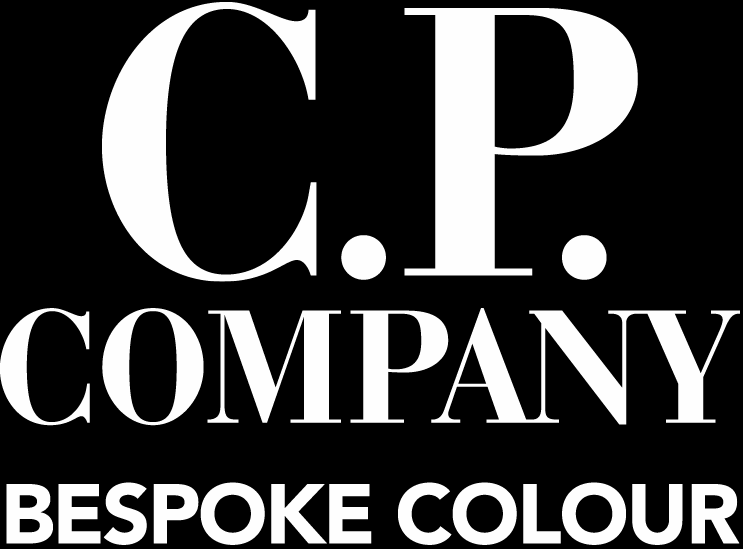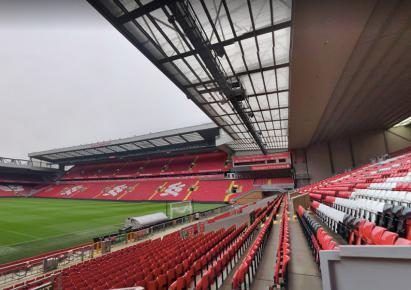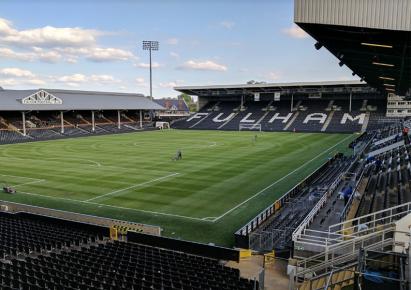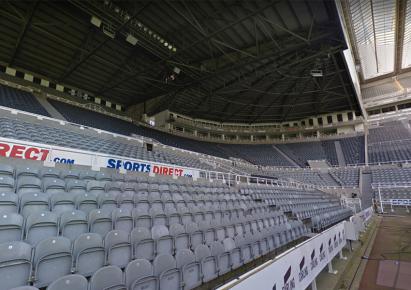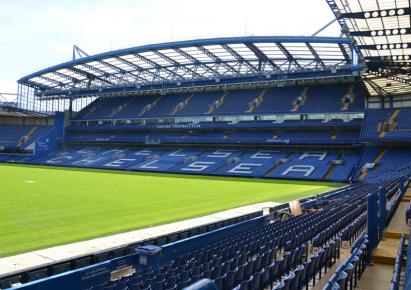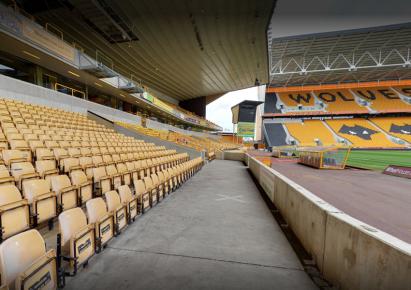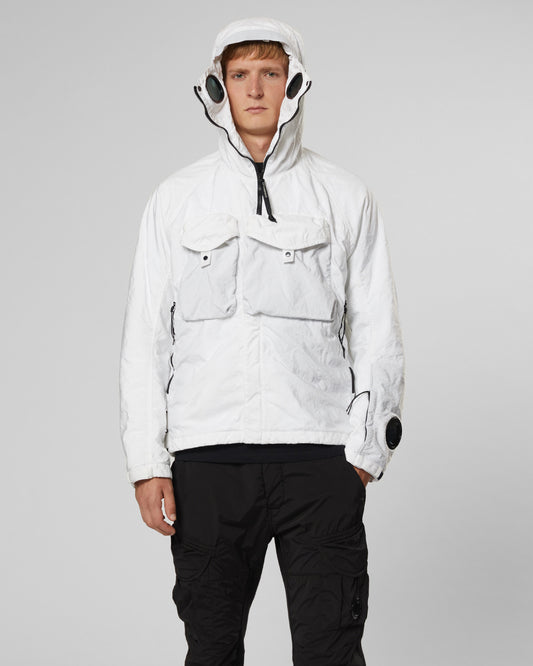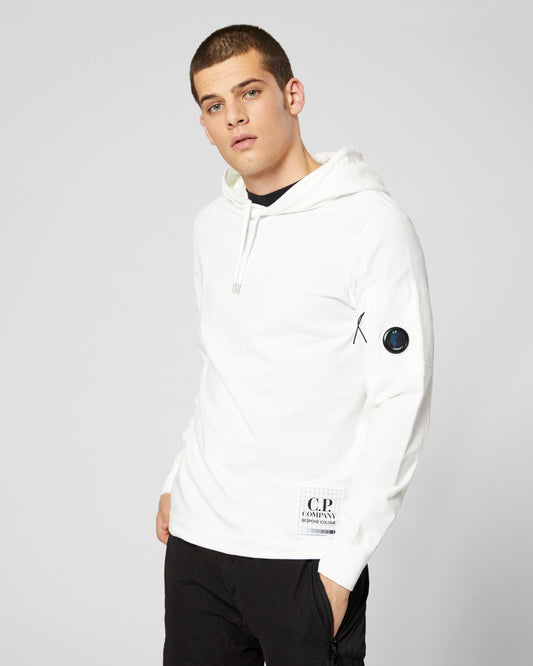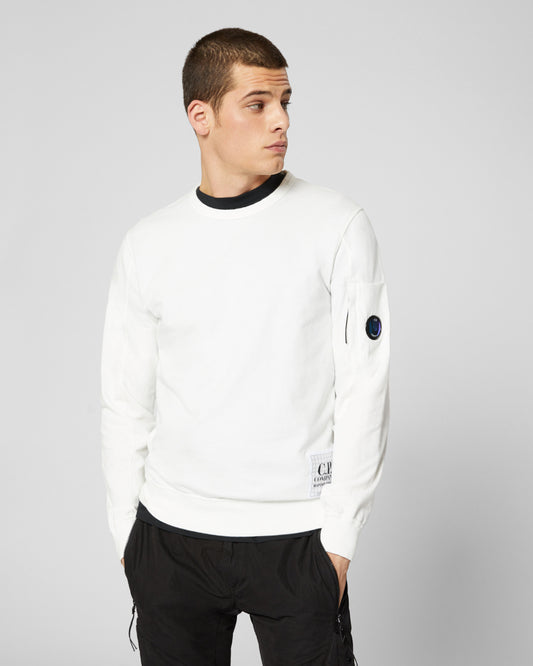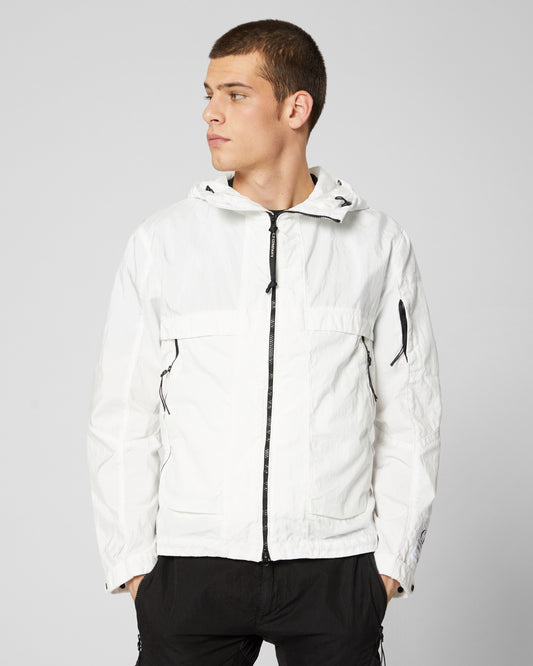Young British men have been bringing their sense of style to football terraces since the Teddy Boys in the 1950s. And while the first hints of casual culture can probably be seen by the smartly dressed, mod-inspired supporters of West Ham United and Chelsea in the 1960s; it was in the late 1970s that saw casual culture begin to morph into what it is widely recognized as today.

In 1977, Liverpool fans began arriving back from European Cup games sporting designer labels from the continent. At that time, C.P. Company was relatively unknown outside Italy, but thanks to the continued successes of English teams - such as Liverpool Everton, and Aston Villa - in European club competitions throughout the early 80s - Massimo Osti's brand soon gained a notable following. Many football supporters first discovered C.P. Company during away days in Italy, drawing increasingly on the "Paninaro" look that was popular with Milanese youngsters at that time. As well as this, the brand became increasingly desirable during international tournaments, such as the 1992 UEFA European Championship in Sweden. This competition saw huge travelling English support, drawn from clubs all over the country. As C.P. Company was still not sold in England at the time, travelling fans would buy, or more often loot, clothes from boutiques for those who couldn’t make the trip. It was because of those frequent flyers that C.P. Company grew so quickly in such a short space of time.

Since the early 1990s, C.P. Company has been synonymous of football culture, even despite its origins and designs owing little to the sport. The iconic Goggle Jacket, for example, may well represent a key part of the modern terrace look - but was in fact designed for professional racers. The colour palette has always been resolutely neutral; unconnected to the colours of football club’s, their kits or traditions. Worn to make a statement but not to stand out. It is bridging the literal colours of today’s football grounds with the C.P. Company designs that have defined their terraces for forty years which drives the motivation behind this project. In doing so, we hope to bring the brand even closer to the sport, and the support, that have made them their own.

Selected colours are taken from the seats of these respective grounds. So, for example, if you support the Reds (Liverpool), you will find that the red tone selected for Liverpool resembles the colours of Anfield’s seats. Initially, the club played in red shirts and white trousers and socks, but in 1964 they switched to a completely red outfit in order to intimidate opponents. Back then, Liverpool Manager Bill Shankly thought the colour scheme would carry psychological impact—red for danger, red for power. In that same year, Scottish manager Tommy Doherty, who was in charge of Chelsea, decided that the club’s shorts should also be royal blue to match the shirt. Doherty was of the belief that, by switching to blue shorts, Chelsea took on a more modern look, and one which was unlike any other major club in England at the time. Tommy’s decision to see his team’s shorts match their shirts has stood the test of time, with the Stamford Bridge side having stayed true to the same kit layout since then. The club has been referred to as The Blues ever since.

A club that doesn’t use one colour for their seats and their home kits, is Leeds United. In 1961, Leeds United manager Don Revie decided to make the switch from royal blue to all white. He was sure that a change of kit was necessary to inspire his side to greater achievements. It is said that imitation is the greatest form of flattery, and Leeds certainly did their best to imitate the success achieved by Spanish giants Real Madrid. Although Revie’s switch from royal blue to all white was drastic, Leeds were already used to changing the colours of their jerseys. However, the seats of Elland Road still remain blue. Therefore you will see that the colour we picked for Leeds resembles not the white of the jersey, but the blue of the seats. Since Newcastle United has a black-and-white-striped home kit, they combined those two colours for the gray seats on St. James Park. The earliest Newcastle United team photograph showing black and white stripes dates back to 1894. To avoid kit clashes, the club had to change colours.
Although Tottenham Hotspurs recently revealed its new stadium, the blue tone we picked for this London based club still refers to the blue seats of their old White Hart Lane stadium.Since the new stadium is built on the same exact place as the old one, the new ground is occasionally referred to as New White Hart Lane by fans and some in the media. Because Vicarage Road, Watford’s stadium, holds both yellow and red seats, we decided to opt for yellow because you can also find this colour in their home kit. In 2004, Watford had to give up the stadium due to financial problems. A donation from Elton John and Watford supporters made it possible for the club to buy the stadium back.
Text by: Lack of Guidance
